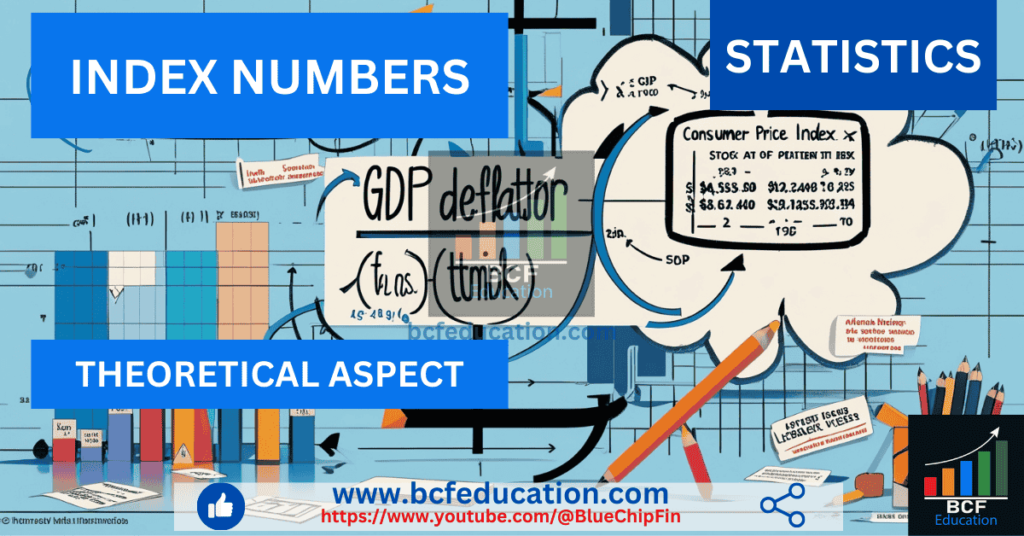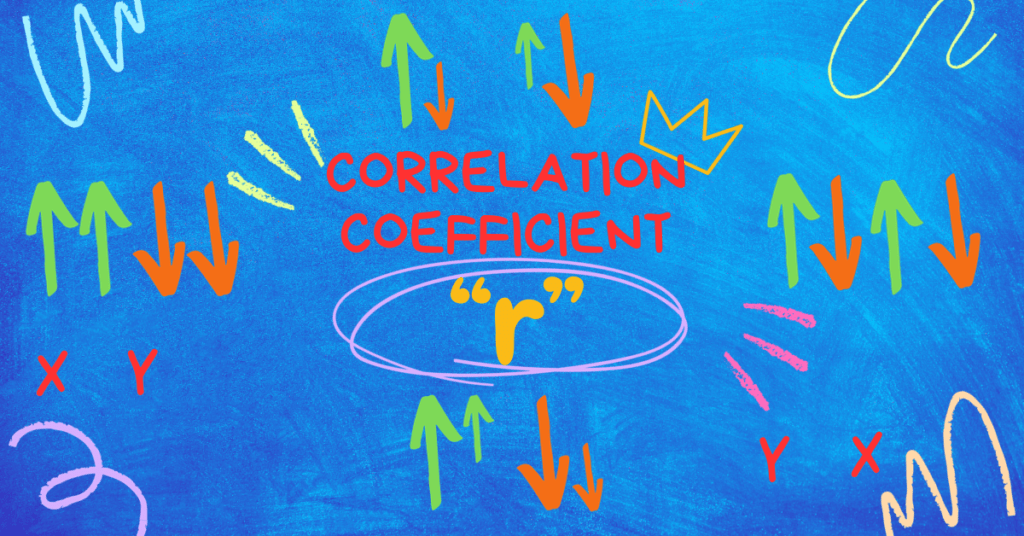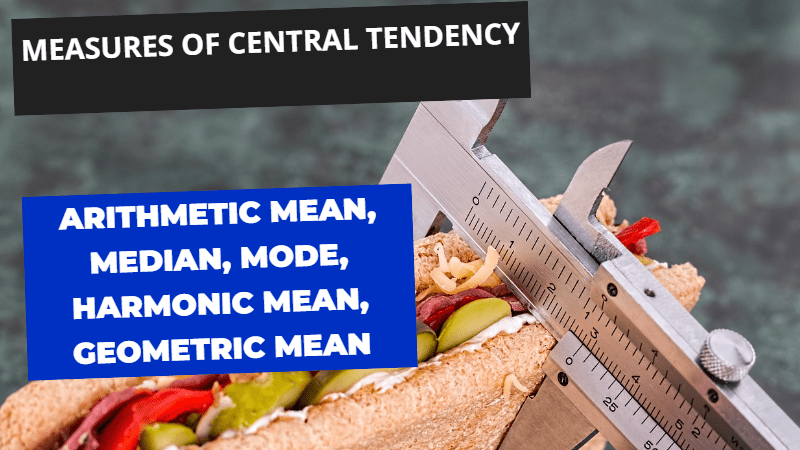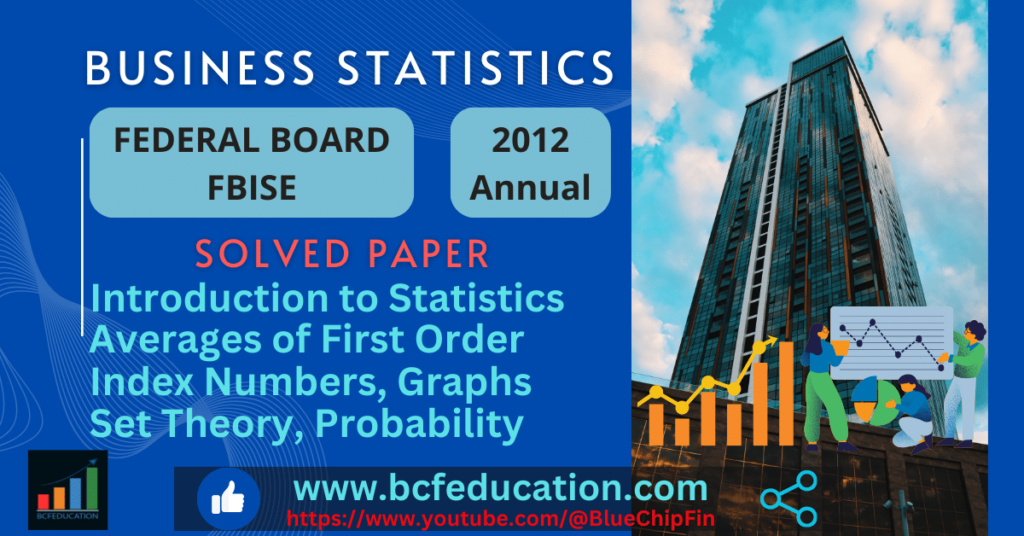Index Numbers Theoretical Aspects for Exam Preparation
Index Numbers Theoretical Aspect. Prepare effectively for your exams with our comprehensive blog post on the theoretical aspects of index numbers. This post is tailored for students aiming to strengthen their conceptual understanding and excel in exams.
We delve into all critical theory questions related to index numbers, covering topics such as:
- Definition and importance of index numbers in economics and statistics.
- Types of index numbers, including price, quantity, and value indices.
- Key formulas and methods for constructing index numbers.
- Characteristics and uses of index numbers in real-world applications.
- Limitations and challenges in interpreting index numbers.
Each topic is thoroughly explained, ensuring clarity and relevance for students preparing for exams. Whether you’re revising key concepts or exploring frequently asked questions, this guide will boost your confidence and help you achieve better results.
Start exploring now and master the theoretical foundations of index numbers with ease!
This topic is equally important for the students of statistics across all the major Boards and Universities such as FBISE, BISERWP, BISELHR, MU, DU, PU, NCERT, CBSE & others & across all the statistics, business & finance disciplines.
Table of Contents
Define an Index Number.
Solution
Index Number is a statistical measure to calculate the percentage change in price or quantity with respect to time. Index Number has further two categories simple and composite. In simple Index, the price or quantity is related to only one product whereas in composite, more than one product can be taken.
What do you understand by Base Period? How is it selected?
Answer
A period in which index is considered as 100 or a benchmark period which is considered as base for future variations is called base period. Base period should be:
- Free from war
- Free from strikes
- Free from floods
- Economically Stable
- Should be selected by statistical experts.
Define price index and a quantity index numbers.
Answer: Statistical estimator which calculates the percentage change in price with respect to time is called price index.
Statistical estimator which calculates the percentage change in quantity with respect to time is called quantity index.
Define Price Relative & Link Relative.
Answer: Price Relative is used in fixed base method of Index Number in which each current price is divided by base period price which remains fixed. The formula for price relative is given below:
![]()
where Pn is current period price & Po is base period price.
Link Relative is used in chain index in which each period price is divided by previous time period price. The formula for Link relative is given below:
![]()
![]()
Distinguish between simple and composite index numbers.
Answer:
In simple index number price or quantity of a single product is taken whereas in composite index, the price or quantity is taken related to multiple products.
Differentiate between Fixed base & Chain Base method.
Answer
In fixed base method, base period remains fixed whereas in chain base method base period does not remain fixed. On the other hand, in fixed base method, we calculate price relative whereas in chain base method, we calculate link relative and then we calculate chain index.
![]()
![]()
What are the uses of index number?
Answer
Uses of Index Numbers
- The price index numbers are used to measure change in the price of a commodities. It helps in comparing the changes in the prices of one commodity with another.
- The quantity Index number is used to measure the change in quantities produced, Purchased, Sold etc.
- The Index numbers of industrial production are used to measure the changes in the level of industrial production in the country.
- The index number is used to measure the change in enrolment of performance etc.
- The index numbers of import prices and export prices are used to measure the change in the terms of trade of a country.
- The index numbers are used to measure seasonal variation and cyclical variation in a time series.
- The index numbers measure the purchasing power of money and determine the real wages.
What are the limitations of index number?
Answer
- All index numbers are not suitable for all purposes. They are suitable for the purpose for which they constructed.
- Comparisons of changes in variables over long period are not reliable
- Index numbers are subject to sampling error.
- It is not possible to take into account all changes in quality or product.
- The index numbers obtained by different methods of construction may give different results.
Define weighted index number.
Answer
Weighted index number is an index in which weights are assigned to that index. Weighted index numbers are a part of composite index numbers in which multiple products are used to analyze. There are different methods used in weighted index:
- Laspeyre’s Index
- Paasche’s Index
- Fisher’s Ideal Index
- Marshal Edgesworts Index
Define Un-weighted index number.
Answer
Un-weighted index number is an index in which weights are not assigned to an index. Un-weighted index is part of composite index in which multiple products are used to analyze: There are two different methods used in un-weighted index:
- Aggregative Index Method
- Average of Relative Method
Write down the classification of an index number.
Answer
Index number generally classified as:
1. Simple index number.
2. Composite index number.
In simple index only one product’s price or quantity is taken whereas in composite index, price or quantity of multiple products is taken.
Simple index has two methods to calculate (i) Fixed base method (ii) Chain-base Method
Composite index has further two classifications (i) Un-weighted Index (ii) Weighted Index

Define Chain Base method.
Answer
In this method index number is computed in two steps. As a first step, we calculate link relative by dividing current period price/quantity/value by price/quantity/value of immediate previous period of current and expressing this ratio in percentage. In second step, we take just reverse step of step 1. Hence, to get chain indices we multiply the current period link relative by link relative of immediate previous period of current period and divide this product by 100.
![]()
![]()
What is the base period?
Answer
The period which we like to compare the relative changes is known as reference period or base period. Base period must be an ideal period in all respect such free from war, contingencies such as flood, earthquakes etc.
What is the cost of living index?
Answer:
Cost of living index measures the relative change of price of food basket typically fixed with respect to time. Here food basket means daily common use food items but services may also included. Overall, we can say that under Cost of living index relative change of price of goods and services are measured with respect to time.
CLI is useful in inflation tracking, wage adjustments, policy formulation etc. It describes economic well being and helps in financial policy making. Overall, it helps to monitor purchasing power of consumers.
What is consumer price index? How it is constructed? write the formula for each method.
Answer:
“Consumer Price Index numbers are intended to measure the changes in the prices paid by the consumer for purchasing a specified “basket” of goods and services during the current year as compared to the base year”.
Methods to Calculate
Aggregative Expenditure Method
![]()
Household Budget method Or Family Budget Method
![]()
![]()
![]()
Related Articles






